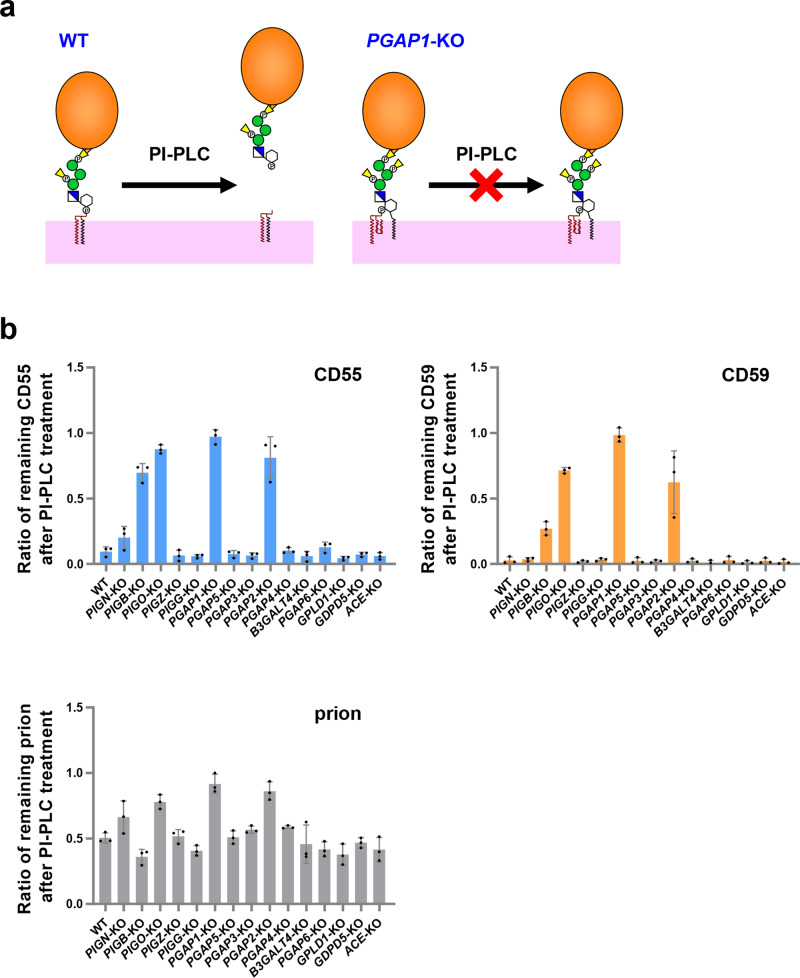Fig. 3. The PI-PLC catalytic reaction releases GPI-APs on the cell surface.
a Schematic representation of PI-PLC activity against GPI-APs. The remodeled mature GPI-APs on the cell surface in WT cells are cleaved by PI-PLC and released from the plasma membrane. On the other hand, the inositol-acylated GPI-APs in PGAP1-KO cells show resistance to PI-PLC. b PI-PLC sensitivity of CD55, CD59, and prion. WT and KO cell lines were treated with and without PI-PLC. The residual amounts of CD55, CD59, and prion on the cell surface after PL-PLC treatment were analyzed by flow cytometry. The ratio of remaining GPI-APs was calculated and is shown as the mean ± SD from three independent experiments.

